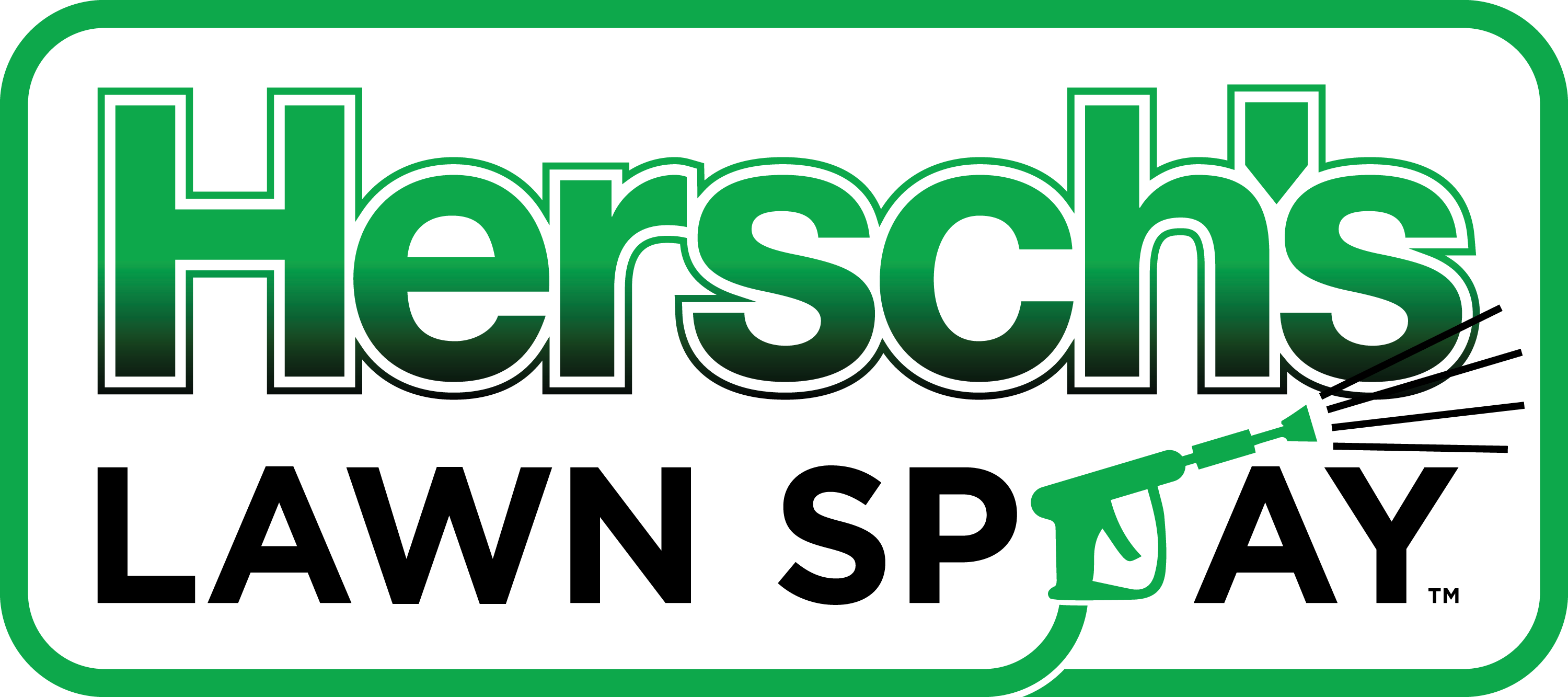Sometimes bad things happen even to the healthiest lawns. Lawn Diseases are one of those things. With proper fertilizing and water habits most turf diseases can be cured. Watering should only be done in the morning and early afternoon to allow the soil to dry before night comes. In extreme cases treatment can be done to control lawn diseases.
[section class=”disease-1″]
[column size=”1/3″]

[/column]
[column size=”2/3 last”]
Dollar spot is a common disease on Bluegrass. However, it can occur on other turf grasses. It prefers warm days, and relatively cool nights. It often appears during abnormally warm fall weather. It is among the easiest of diseases to control. Different Bluegrass cultivars show a wide range of resistance to this disease.
[/column]
[/section]
[section class=”disease-2″]
[column size=”1/3″]

[/column]
[column size=”2/3 last”]
Rust frequently appears during wet periods of late spring and summer. During the hottest part of summer, this disease may show up in heavy shade areas. Fungicides are effective but are usually unnecessary. The spores of this disease are orange, and will stick to your shoes as you walk through the lawn. Orange shoes are a dead giveaway that this disease is present in the lawn.
[/column]
[/section]
[section class=”disease-3″]
[column size=”1/3″]

[/column]
[column size=”2/3 last”]
Leaf spot is characterized by concentrically zoned spots that appear on the leaves. Close inspection may reveal pinprick-sized fungal fruiting bodies. Spots may have a range of colors, but are frequently brown or slate-gray.
[/column]
[/section]
[section class=”disease-4″]
[column size=”1/3″]

[/column]
[column size=”2/3 last”]
Red thread occurs in the spring and fall during humid periods when the air temperatures are between 16°C and 24°C (60°F and 75°F). Lawns infected by these fungi may have a pink-to-reddish cast when viewed from a distance. If moist grass is viewed more closely, pinkish gelatinous growth of the fungi and tiny cotton candy tufts of spores may be seen.
[/column]
[/section]
